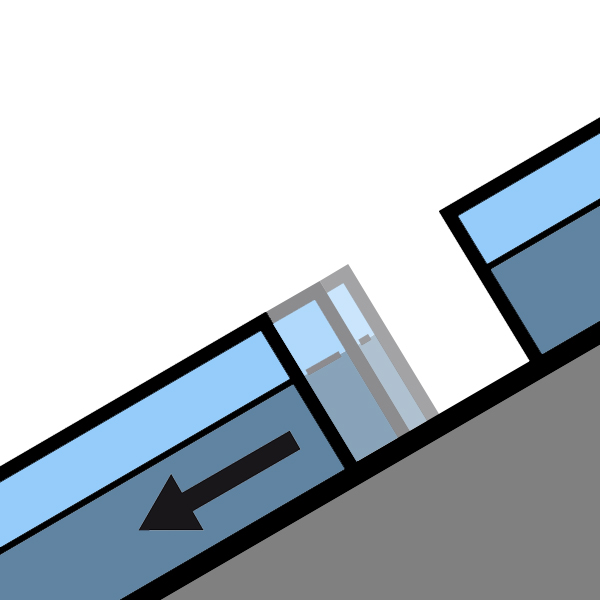Avalanche basics: avalanche types and trigger factors
16.08.2023
People have been exposed to the danger of avalanches ever since the Alpine habitat was colonized. Avalanches are gravity-driven mass movements that pose a potential danger as a result of meteorological conditions. They are one of the few risks that can be predicted. The most dangerous avalanches begin as dry slab avalanches.
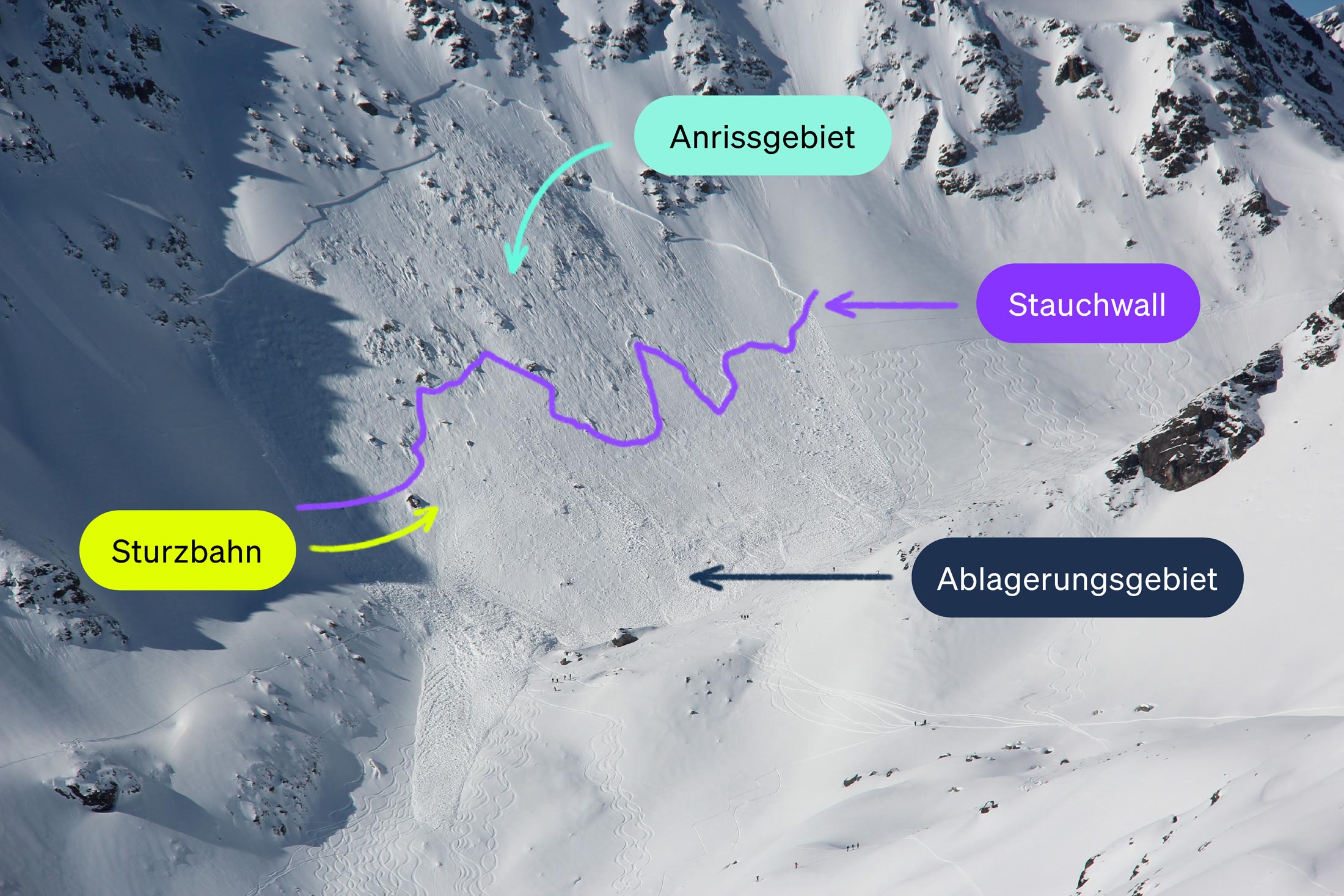




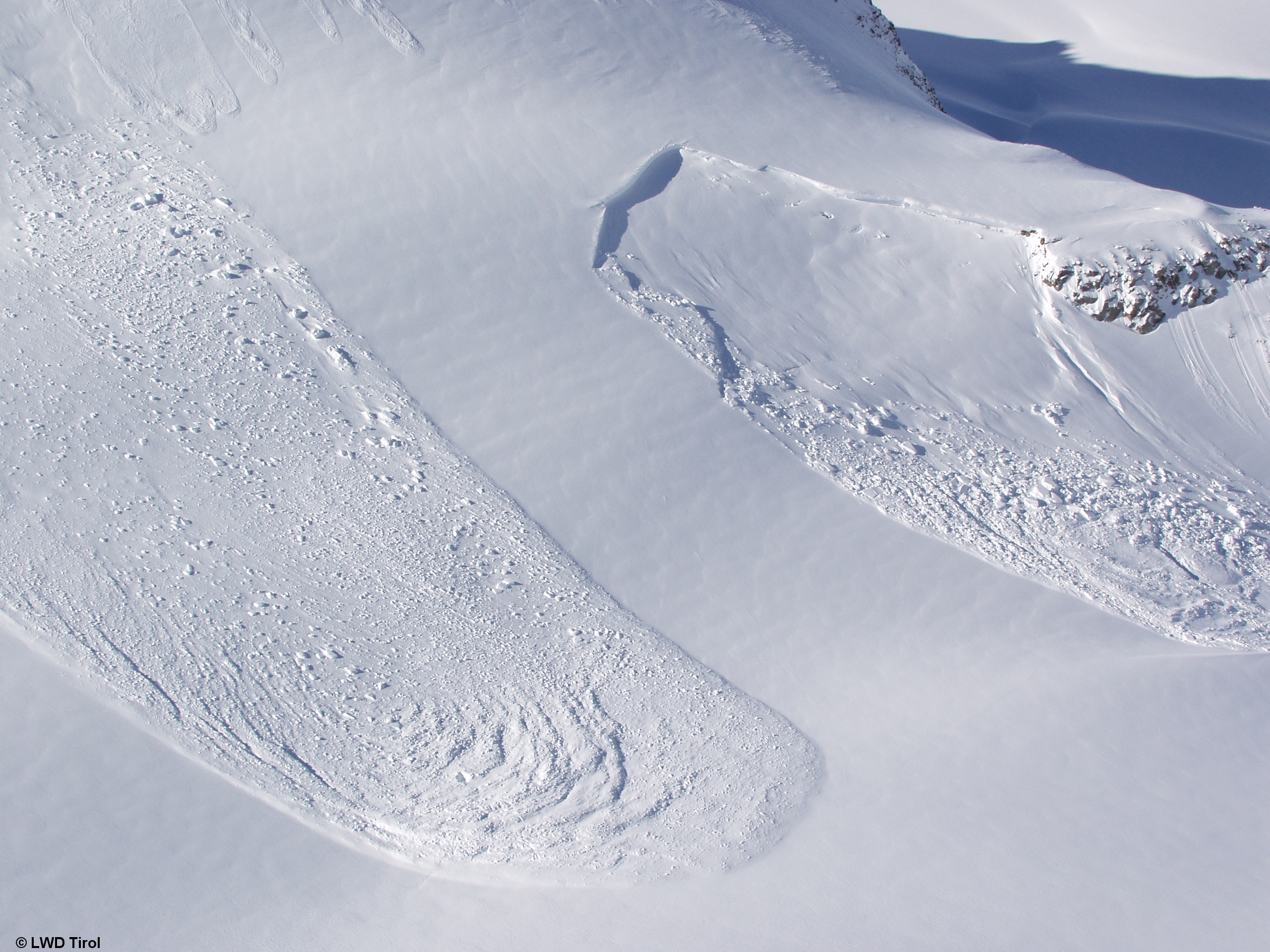


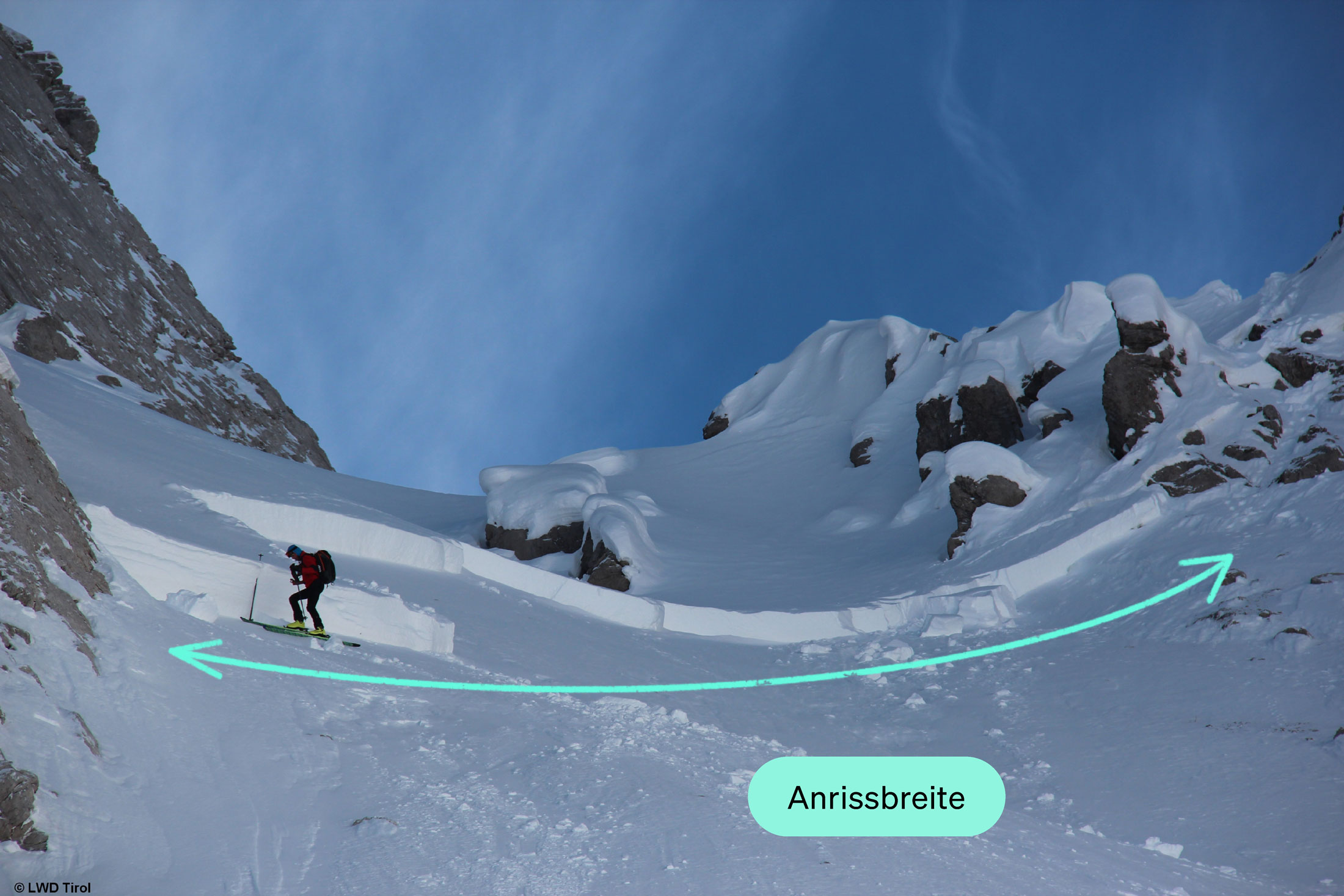
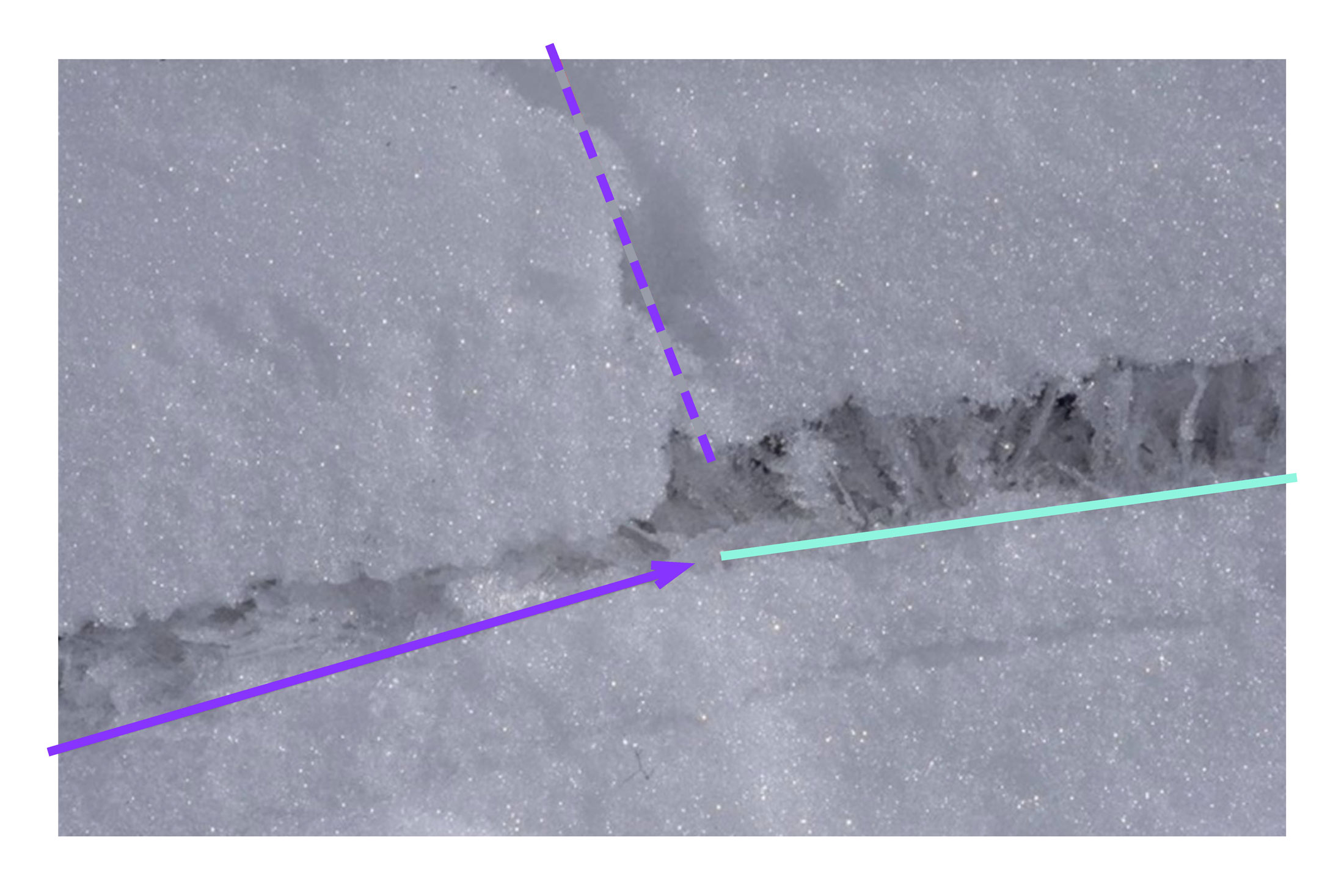

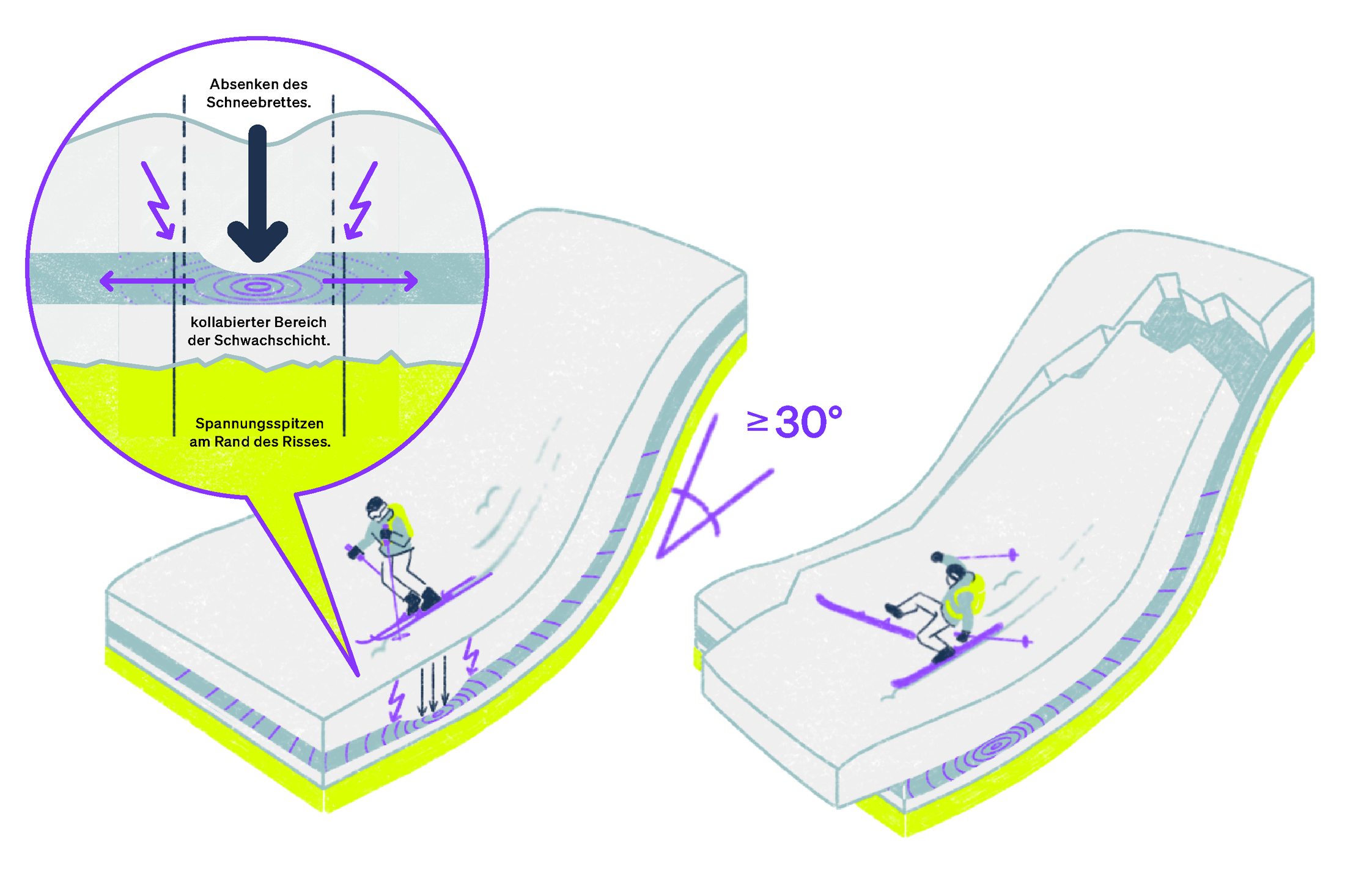






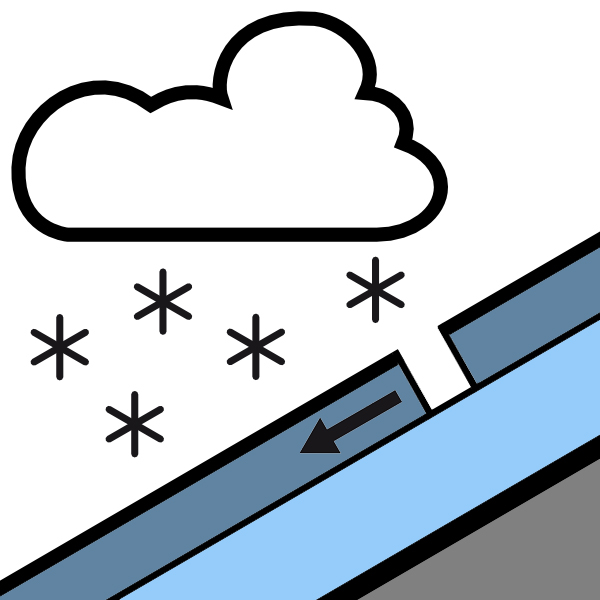
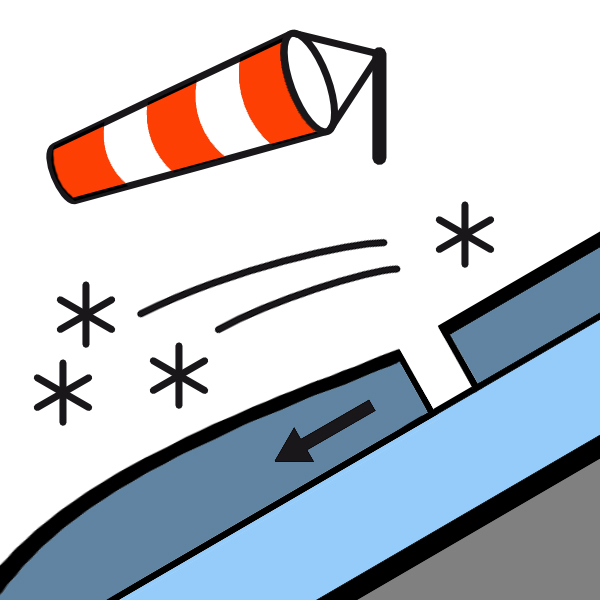
![Persistent weak layer problem - The problem is caused by existing weak layers [link to description above] within the old snow cover. Typical weak layers are snow-covered surface frost, deep frost (also known as cup crystals or ‘floating snow’) or angular crystals.
Zu erwartende Lawinenarten: trockene Schneebrettlawinen](https://www.snow.institute/wp-content/uploads/2023/10/Lawinenprobleme-4.jpg)

